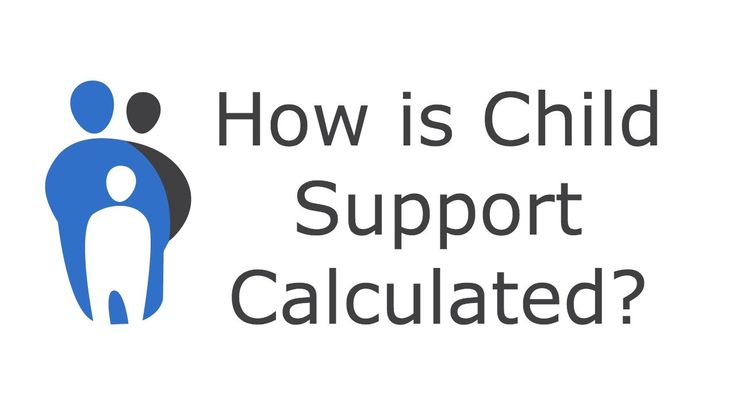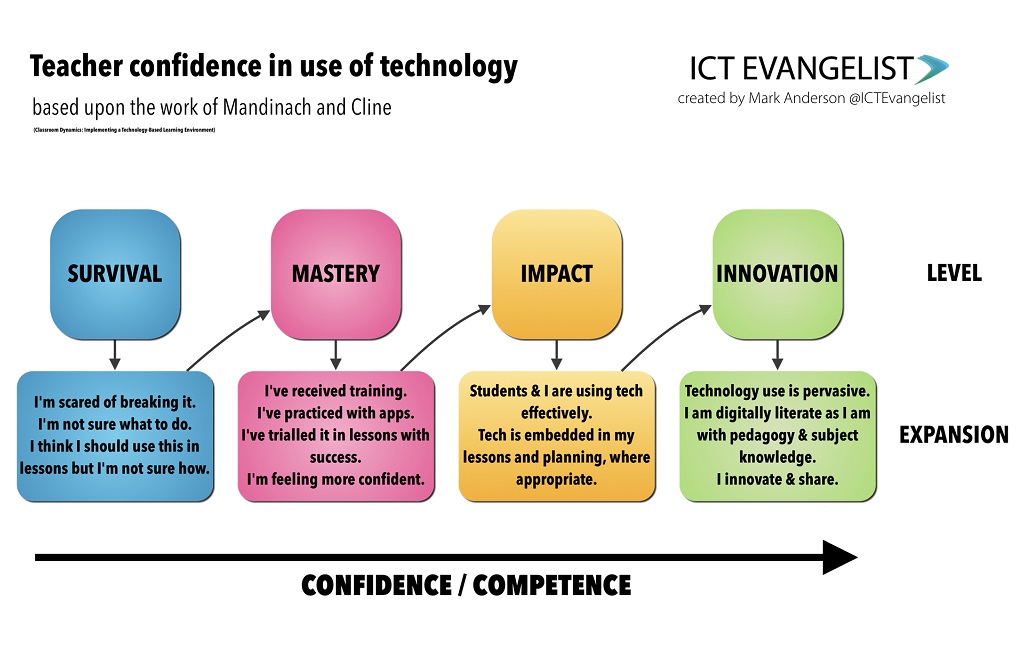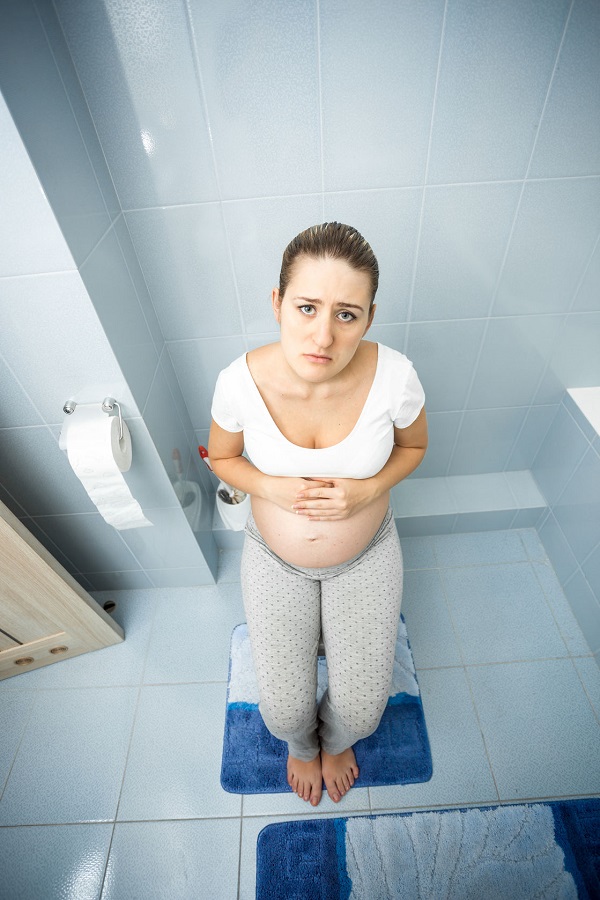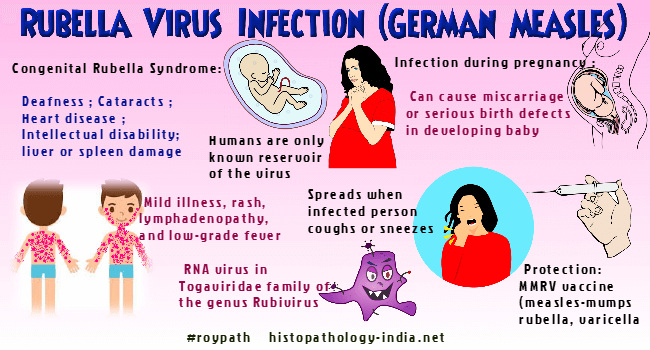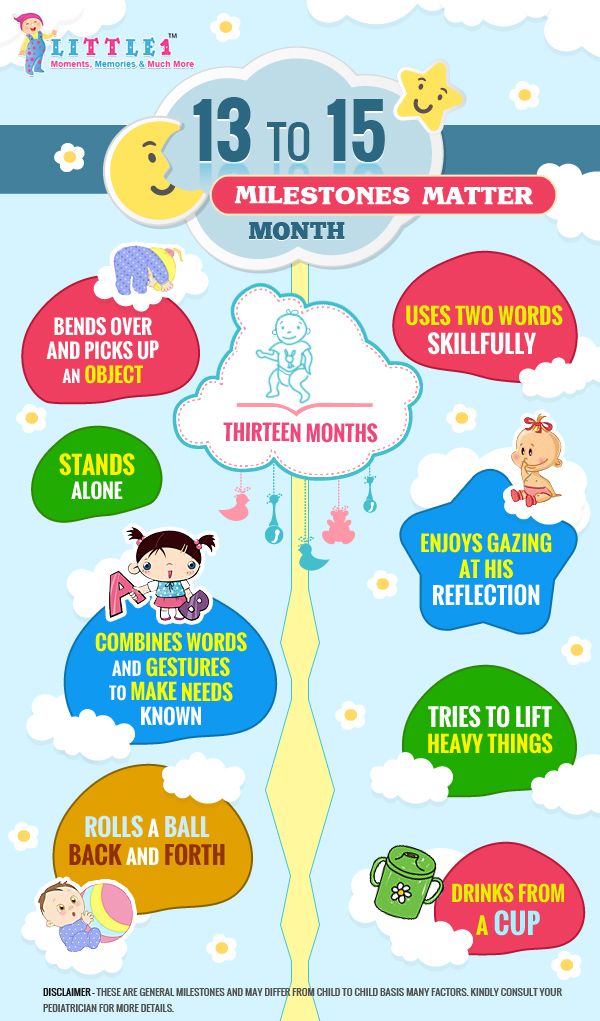Do varicose veins go away after pregnancy
Everything You Need To Know about Varicose Veins and Pregnancy
If you’ve been pregnant, there’s a 20% chance you’ve had to suffer through varicose veins. Varicose veins are no fun and visually not very appealing either. Those who suffer often ask their doctors, “Do varicose veins go away after pregnancy?” Answering that question has many branches and those answers may surprise you!
Do Varicose Veins Go Away After Pregnancy?
When a woman takes on the extra blood volume needed during pregnancy, it adds extra pressure to her blood. This, along with weight gain, puts stress on many veins below the pelvis causing them to bulge if you don’t look after yourself properly. Although it’s true that sometimes even the most aware people can still get varicose veins from pregnancy, here are some helpful steps to keeping them from happening or helping alleviate them after pregnancy.
Exercise
Take a walk or move around in a pool to help stimulate circulation. The good news is walking in water is great for these blood vessels as it helps keep the body’s weight from adding stress. When pregnant women can circulate blood without the added pressure to their veins it becomes an important treatment option.
Keep up the blood flow
Keeping from walking can greatly ease the pressure on your veins are going through during pregnancy, however, you never want your blood to stop flowing; even when you need to rest your veins from your belly’s weight. Elevate your feet while your sitting or your elevate your legs while laying down to help keep the blood flowing. Also, resist the urge to cross your legs as that prevents important blood flow from happening.
Don’t stay sitting or standing
Although you’ll need some time to rest, you won’t want to just exercise then raise your legs to keep blood flow while you rest. Sitting for too long or standing for too long can both cause their own issues with your veins. Be sure to keep a good ratio so that your blood keeps flowing but that so you can also rest and not overtax your veins.
Wear comfortable clothing
Tight clothing is a major issue that can lead to varicose veins and spider veins. Especially on a woman’s thighs. Tight-fitting shoes or shoes like heels that cause you to clench muscles in your legs while you sit or stand can interfere with the blood flow in your legs also leading to varicose veins.
Especially on a woman’s thighs. Tight-fitting shoes or shoes like heels that cause you to clench muscles in your legs while you sit or stand can interfere with the blood flow in your legs also leading to varicose veins.
When tight is helpful
Support hose is used for the purpose of counteracting the downward pressure of your belly on your legs. Although there is no research to suggest they help overall with getting rid of varicose veins, they do provide relief for pain and prevent blood pooling.
Sleep on your side
Sleeping on your side can help prevent pressure to your main blood vessels via relieving stress. Specifically sleeping on your left side can help alleviate pressure to the inferior vena cava, which in turn helps with the pressure in your legs and lower torso. Sleeping on your left side has been linked to many things that can help with your overall health; from relieving heartburn to improving blood flow to the baby.
Do I Need to Call a Doctor About My Varicose Veins?
If you start to feel a deep pain in your veins during pregnancy there is a chance you could have blood clots. This can also happen as a patient gets older and it not only caused by pregnancy. It this is the case contact your doctor immediately about treatment options. Sometimes it may not be causing a problem right away, but if not treated it may cause an infection and that infection may carry blood to the baby.
This can also happen as a patient gets older and it not only caused by pregnancy. It this is the case contact your doctor immediately about treatment options. Sometimes it may not be causing a problem right away, but if not treated it may cause an infection and that infection may carry blood to the baby.
But What If They’re Still There After Pregnancy?
Most of the time, varicose veins will go away about 3 to 4 months after the birth of a child. Wearing compression tights and such after pregnancy can help expedite the process while also covering them up. Also, be sure to take the medication given to you by your doctors as some of that will help with your blood pressure.
However sometimes after a cut, a scar happens regardless, the same can be said about your veins. If your veins we overtaxed during pregnancy and you still have very visible ones 5 months later, you may want to consult a doctor. Just like stretch marks, there are some issues your body will have after pregnancy that just can’t go away without treatment.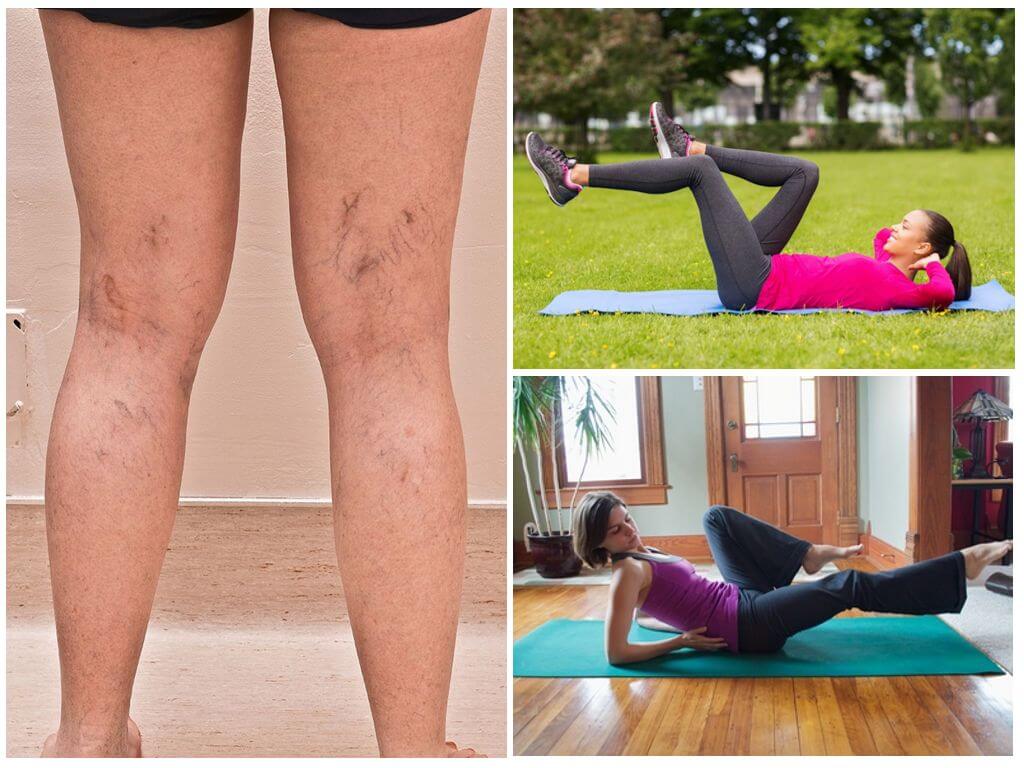
Las Vegas Vein Center Can Help
Our esteemed doctors are Las Vegas Vein Center are knowledgeable in preventing, treating and recognizing the signs of issue veins during and after your pregnancy. Do varicose veins go away after pregnancy? Most likely, but if they don’t we’re here for you!
Will Varicose Veins Go Away After Pregnancy?
by Vein Health Clinic | Feb 25, 2019
Many women first notice varicose veins while pregnant and may experience symptoms like muscle cramps at night, heaviness in the legs, aching, swelling, pain, or even itching and dermatitis in the legs.
Under normal circumstances veins send blood in one direction – back to the heart and lungs to be oxygenated again. When the one-way valves inside the vein walls fail, blood leaks backwards. This is known as venous insufficiency. This pooling of the blood, in one section of the vein, causes the bulging veins you may see on the skin surface.
During pregnancy, extra pressure is placed on your pelvic veins by the baby, placenta, and uterus.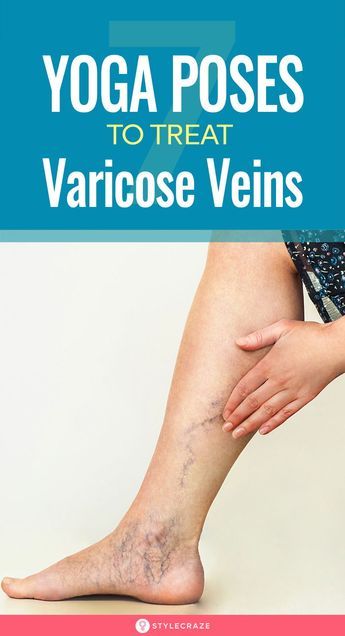 This can aggravate existing, or produce new varicose veins. Pelvic veins lie within the walls of the uterus, the walls of the vagina and rectum and in the perineum (between the vagina and rectum). Pelvic veins will then put pressure on veins in the thighs and lower legs, and lead to severe symptoms/problems during pregnancy.
This can aggravate existing, or produce new varicose veins. Pelvic veins lie within the walls of the uterus, the walls of the vagina and rectum and in the perineum (between the vagina and rectum). Pelvic veins will then put pressure on veins in the thighs and lower legs, and lead to severe symptoms/problems during pregnancy.
After pregnancy the pressure will be somewhat relieved, and symptoms may be decreased slightly, but varicose veins do not heal on their own. They will require medical intervention to restore circulation to normal.
Get Treated After Pregnancy
Phlebologists (doctor’s specialising in diagnosis and treatment of venous diseases, including varicose veins) recommend waiting to treat varicose veins between pregnancies to avoid complications during pregnancy such as; deep or superficial vein clots that can migrate to the lungs, and symptoms such as swelling, aching and pain, and leg rashes. Treatment during pregnancy is often not as effective as after the baby is delivered and pressure on the vein is relieved.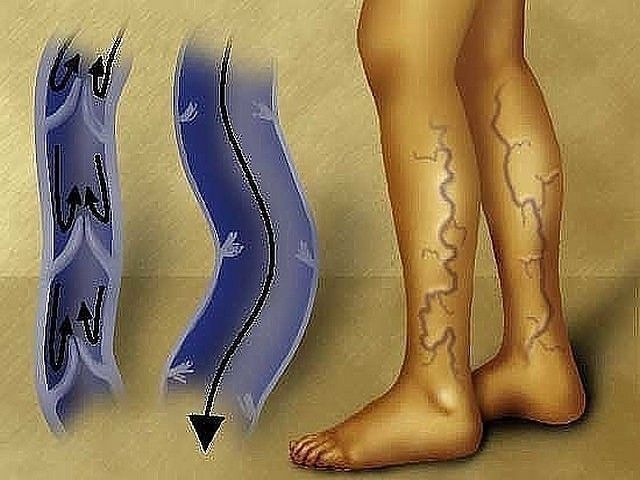 However, veins that appear during pregnancy should be treated before the next pregnancy to avoid deterioration with subsequent pregnancies.
However, veins that appear during pregnancy should be treated before the next pregnancy to avoid deterioration with subsequent pregnancies.
Relieve The Symptoms During Pregnancy
In the meantime, there are several things you can do to ease the symptoms of varicose veins: (remember to discuss these options with your treating phlebologist first)
- Wear compression stockings: wear class 2 compression stockings during the day. This will help compress your veins and help promote normal blood flow.
- Keep moving: avoid sitting or standing for long periods of time; move around at least once every hour or so.
- Put your feet up: if you sit at a desk all day at work, try elevating your legs by using a footstool.
All About Treatments
Modern medical treatments for varicose veins are effective and minimally-invasive. After pregnancy, your phlebologist will opt for the most appropriate treatment to suit your circumstances.
Medical adhesives are medical grade ‘glues’ which are used to seal off varicose veins.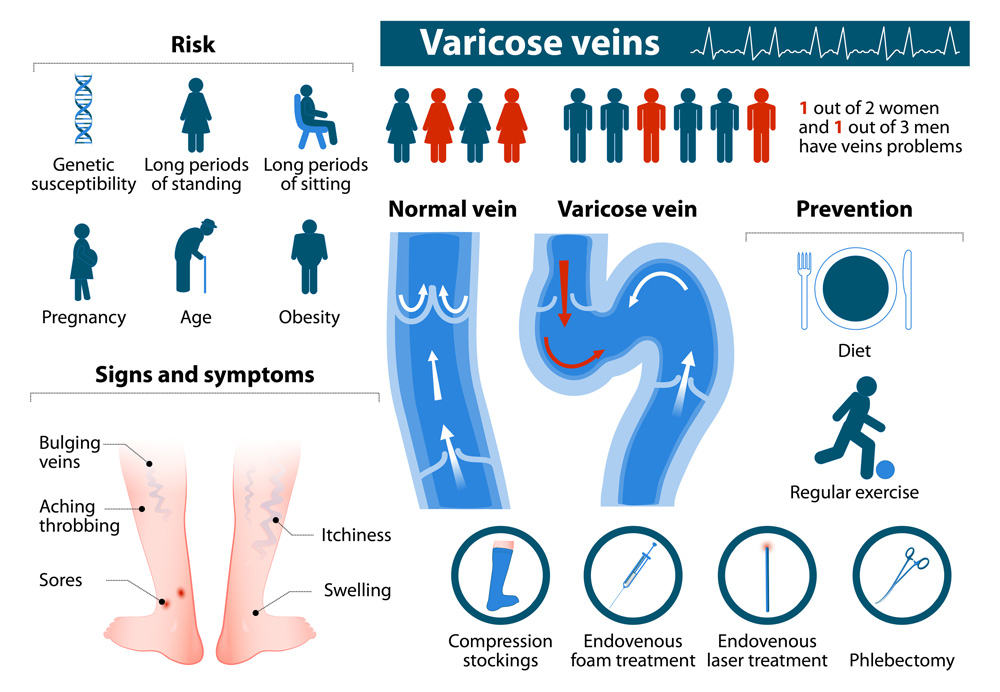 Once the interior of a varicose vein is glued closed, the vein will harden, heal and be absorbed into the body. Blood flow is automatically rerouted to healthy veins in the legs.
Once the interior of a varicose vein is glued closed, the vein will harden, heal and be absorbed into the body. Blood flow is automatically rerouted to healthy veins in the legs.
Ultrasound Guided Sclerotherapy (UGS) involves injecting a sclerosant solution into the abnormal veins under the guidance of ultrasound. The vein wall then collapses and veins dissolve and disappear as the body gradually absorbs them.
Endovenous Laser Ablation (EVLA) is done under ultrasound guidance, and places a laser fibre into the abnormal vein through a tiny incision. The laser is activated as the fibre is slowly removed. This produces a reaction in the vein wall along the treated section, resulting in collapse and sclerosis of the vein wall with minimal discomfort to the patient.
Find out more about treatments for varicose veins.
Key Takeaways
- Pregnancy can exacerbate existing- or produce new varicose veins because of the extra pressure placed on pelvic veins by your growing baby, placenta, and uterus.
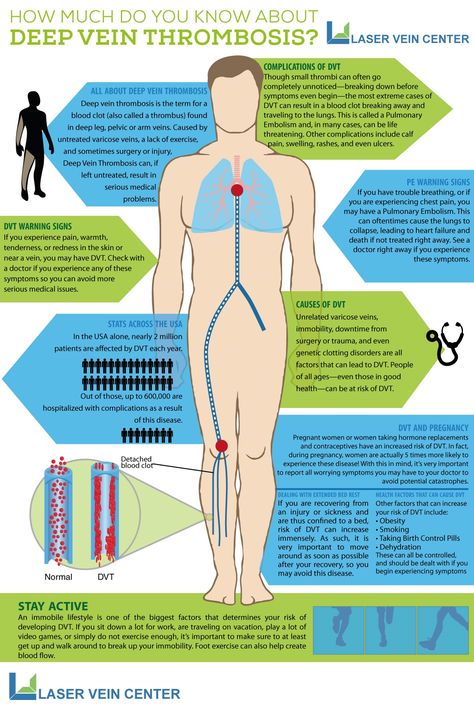
- Phlebologists recommend having varicose veins treated between pregnancies to achieve the safest and most effective outcome.
- Common treatments for varicose veins include: medical adhesive closure, ultrasound guided therapy and endovenous laser ablation.
Treatment groups for varicose veins
Worried about your veins?
Make an appointment to see phlebologist Dr Peter Paraskevas in our Vein Health Melbourne or Sydney clinics, and get your veins assessed and treated today.
We provide fast and easy, walk-in walk-out treatments with no hospital stay required. Our minimally invasive treatments utilise world-class technologies to achieve the best patient outcomes. Our results speak for themselves – see our before & after gallery.
Why choose us?
- Walk-in, walk-out treatment
- Talk directly to the doctor
- Gold standard treatments
- Comprehensive after-care and follow-up
Dr Peter Paraskevas is a highly skilled phlebologist (vein doctor) dedicated to the diagnosis and treatment of varicose veins. He also lectures at the Australasian College of Phlebology.
He also lectures at the Australasian College of Phlebology.
Treatment of varicose veins after childbirth
Treatment of varicose veins after childbirth- Phlebology Center >
- Pregnancy and varicose veins >
- Treatment of varicose veins after childbirth
Article content:
- How common are varicose veins after childbirth
- How is varicose veins treated after childbirth
- What is the treatment of varicose veins after childbirth
- Questions about how and when to treat varicose veins after childbirth
How often varicose veins occur after childbirth
Varicose veins that occur after childbirth are quite common in the modern world. It is faced by a huge number of women in both developing and economically developed European countries. After childbirth, many patients notice the appearance of spider veins and meshes, as well as varicose veins on the lower extremities.
It is faced by a huge number of women in both developing and economically developed European countries. After childbirth, many patients notice the appearance of spider veins and meshes, as well as varicose veins on the lower extremities.
Postpartum varicose veins
The appearance of vascular formations in the lower extremities makes patients seek medical help. With the most favorable development of events, a woman will come to a phlebologist who specializes in the treatment of venous pathology.
How is varicose veins treated after childbirth? Doctor, specialist phlebologist, conducts clinical and ultrasound examination of the lower extremities. In the process of ultrasound duplex scanning, the picture of pathologically altered venous blood flow is determined in detail.
Diagnosis of varicose veins after childbirth
The doctor formulates a treatment plan, its stages and terms of optimal implementation. Most often, radical treatment of varicose veins after childbirth is recommended to begin after the end of the breastfeeding period.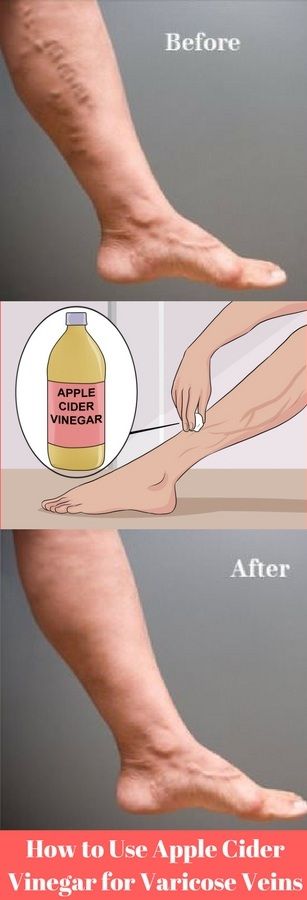 Up to this point, it is recommended to limit yourself to wearing compression stockings and a regime of certain restrictions. Baths, saunas, other thermal effects, as well as increased physical activity are contraindicated. Walking, cycling, swimming are shown.
Up to this point, it is recommended to limit yourself to wearing compression stockings and a regime of certain restrictions. Baths, saunas, other thermal effects, as well as increased physical activity are contraindicated. Walking, cycling, swimming are shown.
What is the treatment of varicose veins after childbirth
Modern treatment of varicose veins after childbirth is practically no different from the treatment of varicose veins in other situations. The only important difference is some time limits inherent in the postpartum period. Most often, radical treatment of varicose veins begins six months after childbirth. It includes the following components:
- Endovascular thermal ablation (laser or RF).
- Miniphlebectomy.
- Sclerobliteration.
These modern technologies make it possible to perform the treatment of varicose veins after childbirth quickly and radically. To treat varicose veins after childbirth using the most effective and modern methods, you need to correctly choose a clinic and a doctor.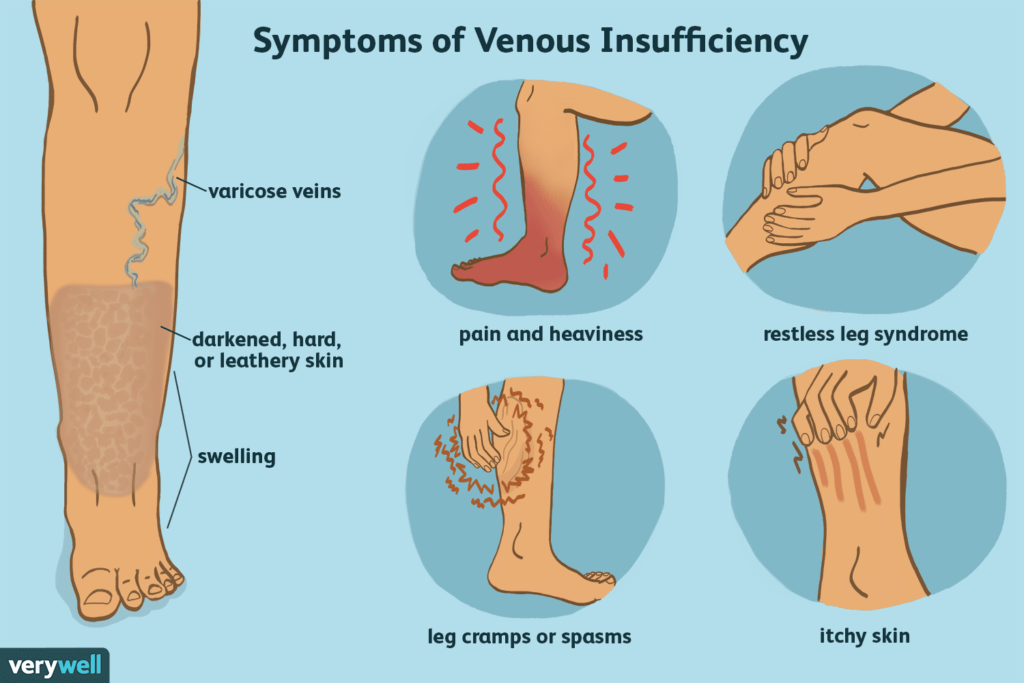
Treatment of varicose veins after childbirth in our clinic
Specialists of the Innovative Phlebological Center have significant experience and use in practice the most relevant technologies for the treatment of varicose veins, which allows treating varicose veins after childbirth in the shortest possible time without side effects and severe restrictions.
Questions about how and when to treat varicose veins after childbirth
When is the best time to treat varicose veins after childbirth?
It is necessary to start treating varicose veins after childbirth immediately after the diagnosis is made. Compression knitwear, adherence to the regimen, all this is necessary for the prevention of complications of varicose veins. Radical treatment of varicose veins can be performed only a few months after childbirth.
What methods are used to treat varicose veins after childbirth?
Postpartum varicose veins are treated in the same way as in other situations.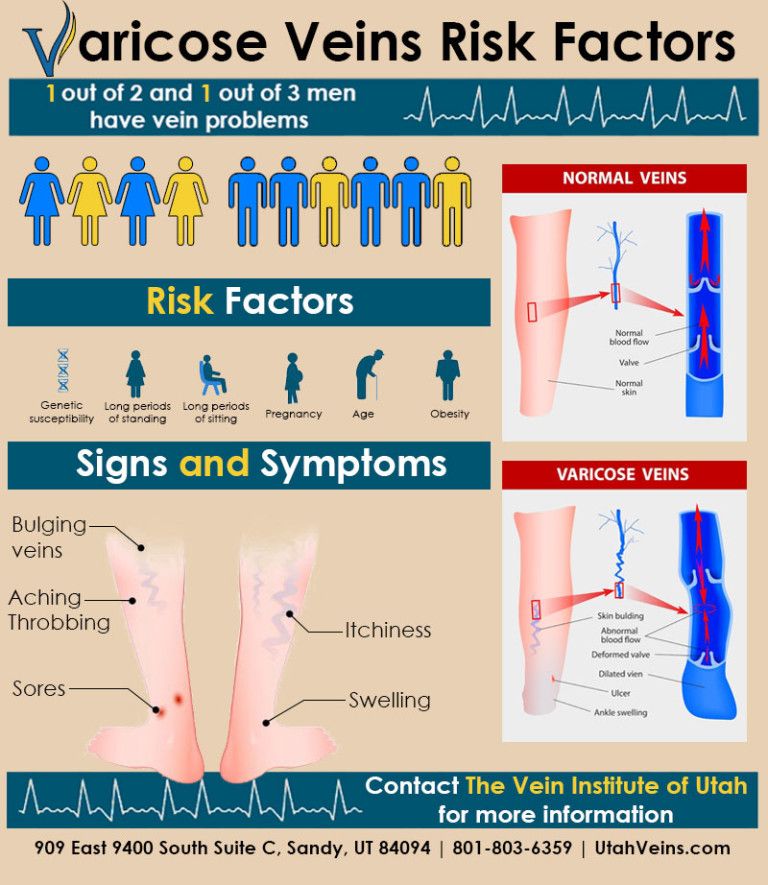 Modern mini-invasive technologies are universal. For the treatment of varicose veins after childbirth, the following are used: endovasal laser coagulation, radiofrequency obliteration, obliteration, miniphlebectomy and sclerobliteration.
Modern mini-invasive technologies are universal. For the treatment of varicose veins after childbirth, the following are used: endovasal laser coagulation, radiofrequency obliteration, obliteration, miniphlebectomy and sclerobliteration.
When should I see a doctor after childbirth if varicose veins appear?
If varicose veins appear after childbirth, you should contact your doctor immediately. Inaction, non-compliance with certain principles of prevention, can lead to the development of complications of varicose veins of the lower extremities.
What is the best treatment for varicose veins after childbirth?
The most optimal treatment for varicose veins after childbirth will be modern endovascular intervention, effective and safe.
If varicose veins appear after childbirth, which doctor should I go to?
If varicose veins appear after childbirth, you should consult a phlebologist.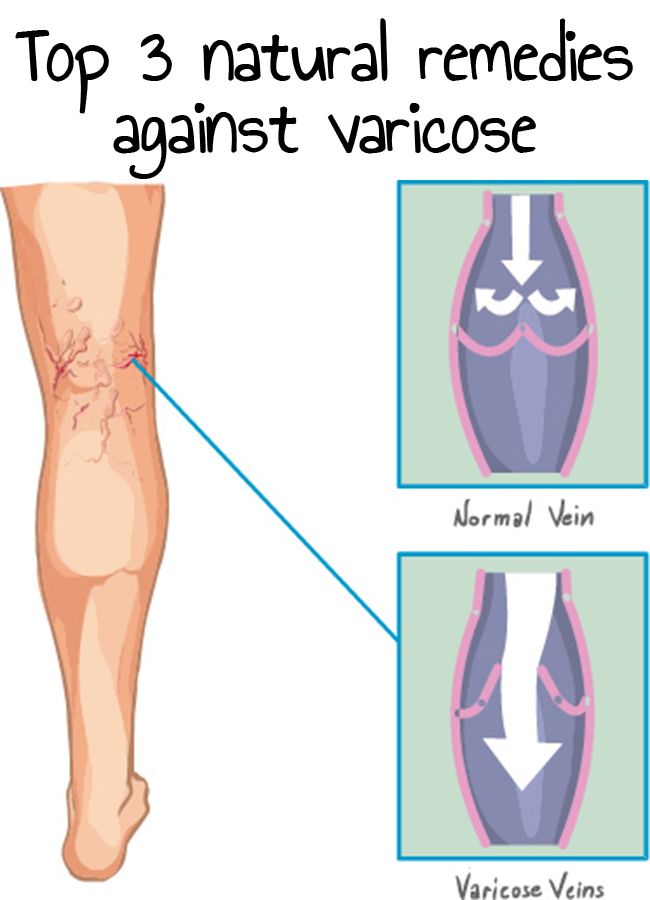 Only a doctor who specializes in the treatment of veins can most effectively help the problem of varicose veins after childbirth.
Only a doctor who specializes in the treatment of veins can most effectively help the problem of varicose veins after childbirth.
Treatment of varicose veins after childbirth | Phlebology.
A feeling of heaviness and fatigue in the legs, swelling, pain, vascular cobwebs and protruding veins are familiar to many mothers bearing a child. Such symptoms indicate the initial stage of varicose veins. During the period of bearing a baby, active treatment of varicose veins is not provided. Individual preventive measures are prescribed to prevent the development of the disease. Active treatment of varicose veins begins after the end of breastfeeding.
During the period of bearing a child, the woman's body gives most of the strength and vitamins to the new body. The severity of wearing the tummy is distributed to the spine and legs. The growing fetus puts pressure on the vessels of the pelvis, thereby impairing blood flow to the lower extremities. Low mobility, or vice versa, too active mobility also leads to problems with blood vessels.
About 80% of pregnant women experience varicose veins while carrying a fetus or after childbirth. During the second pregnancy, varicose veins are more reminiscent of themselves, worsening the state of health and the process of childbirth. That is why it is important to prepare for the first and subsequent pregnancy - to undergo an examination.
What happens if varicose veins are not treated before pregnancy
Varicose veins are dangerous with serious complications:
- descending or frequently occurring edema,
- thickening of the subcutaneous layer, cyanosis of the legs,
- thrombophlebitis, veins become bulging, bulging bruises appear,
- the appearance of severe itching, pain, and later ulcers on the legs,
- weakness in movement, legs feel heavy, heavy,
- thinning of the skin, each scratch leads to bleeding.
Every expectant mother is obliged to monitor her well-being, because it is during pregnancy that the risk of varicose veins increases, and this leads to many consequences, the last of which is death during childbirth.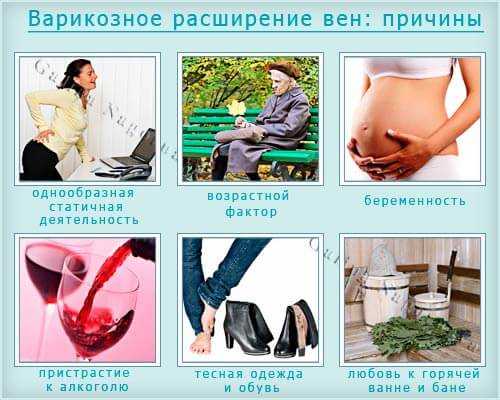
A sign of varicose veins is the appearance of dark vessels.
Varicose veins during pregnancy are accompanied by five forms:
- Deterioration of the walls of the veins. It is characterized by discomfort, fatigue, pain in the legs, swelling, bruising.
- Damage to the penis. Vessels in the groin area begin to swell. Abnormal discharges are observed periodically or constantly.
- Syndrome of venous plethora. It is characterized by swelling and pain in the perineum.
- Right ovarian vein syndrome. It is typical for women with repeated pregnancy. The vein ending in the renal vein is enlarged. The ureter is blocked. Valves fail to do their job and relax. The fetus may block the ovarian vein. As a result, the outflow of blood to the kidneys is disturbed.
- Ovarian vein disease, left ovarian vein syndrome. The veins increase in size. Venous congestion is formed in the pelvic organs. Leads to gynecological inflammatory diseases, ovarian tumors, menstrual disorders and hormonal imbalance.
 Read more in the article - Varicose veins of the pelvis in women.
Read more in the article - Varicose veins of the pelvis in women.
Causes of varicose veins during pregnancy
Causes of varicose veins:
- Lack of an active lifestyle. The more active the woman, the lower the risk of varicose veins. Do not spend all the time on your feet - this affects the health of a pregnant woman.
- Being overweight. Women during pregnancy rapidly gain weight, as the uterus grows and the weight of the amniotic fluid and the fetus itself increases. To avoid varicose veins, watch your diet and weight.
- Genetics, presence of weak vascular walls, vein abnormalities.
- Age features. The older the woman, the higher the risk of varicose veins during pregnancy. It is especially important for pregnant women to monitor their well-being during the entire nine months of bearing a child.
- A job in which a woman spends most of her time on her feet.
- Hormonal imbalance. Pregnant women experience hormonal “jumps” that disrupt vascular permeability (the ability of blood vessels to absorb, release, and deliver chemicals to tissues).

- Re-pregnancy. The syndrome of the right or left ovarian vein develops.
The causes of varicose veins are determined at a consultation with a phlebologist. The doctor must be visited before pregnancy planning, during gestation and after childbirth. Depending on the individual indications of the woman, the phlebologist prescribes the prevention and treatment of varicose veins. Read more about prevention in the article "Varicosis during pregnancy."
How to understand that varicose veins have appeared during pregnancy
Most often, pregnant women complain of heaviness in the legs, which increases in the evening, long walks, or during physical exertion. It is important to understand that varicose veins appear gradually. And the first symptoms are observed not stably, but periodically. For example, in the evening, pain and swelling, and after a couple of hours of rest, there are no symptoms. Therefore, women often do not pay attention to the first symptoms.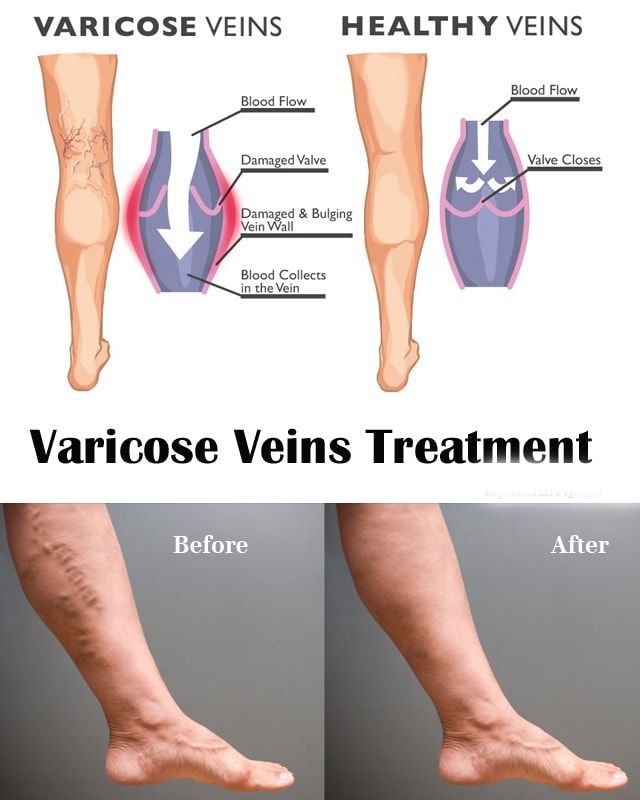 Read more about the symptoms in the article - Varicose veins.
Read more about the symptoms in the article - Varicose veins.
Swollen veins on the legs.
What to do if varicose veins appear after childbirth Pirogov.
Treatment of varicose veins in women after childbirth
Treatment of varicose veins begins 6 months after childbirth. What is included in the treatment of varicose veins after childbirth in the clinic of the National Medical and Surgical Center named after N.I. Pirogov:
- Laser ablation - if necessary, laser removal of the problem area of the vein.
- Phlebectomy - removal of damaged veins by piercing the skin with a thin needle.



